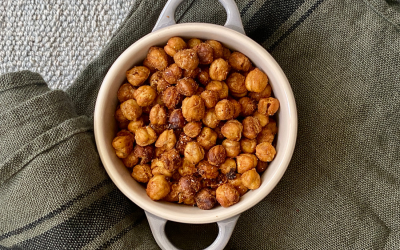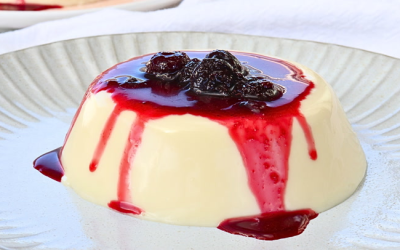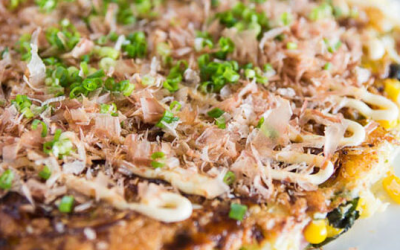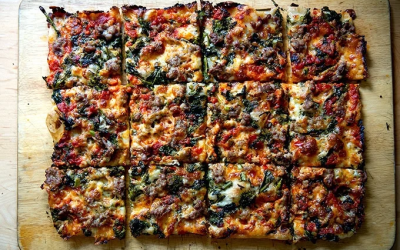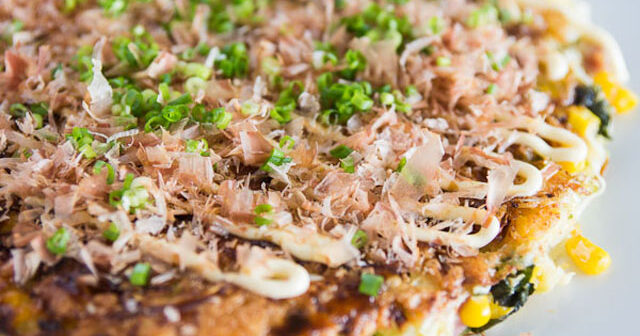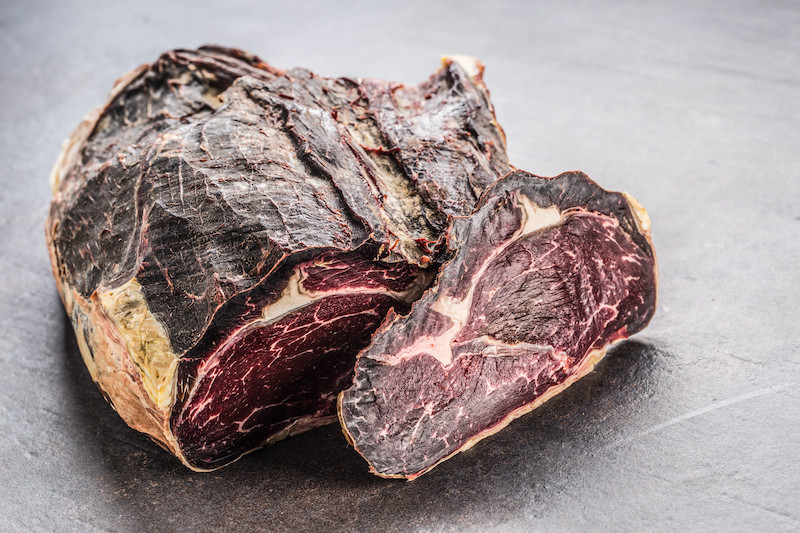Across global restaurant scenes, forward-looking kitchens are turning food scraps and byproducts into culinary innovations—championing zero-waste gastronomy that blends sustainability with upscale dining. From lime peel powders and fermented fish sauces to surplus bread turned into miso or chips, chefs are transforming what would be waste into flavourful, premium ingredients that showcase resourcefulness, creativity, and culinary credibility
This approach isn’t just eco‑conscious; it’s grounded in expert technique and operational strategy. At venues like Mexico City’s Baldío—modeled after London’s Silo—chefs sidestep bins altogether by integrating regenerative agriculture, fermentation, and ingredient recycling into daily practice. The restaurant earned a Michelin green star for its closed-loop supply chain, strategic sourcing, and transparent methodology, demonstrating authority in sustainable innovation Similarly in Washington, D.C., Oyster Oyster and Buffalo & Bergen convert up to 75% of kitchen leftovers into condiments, kombucha, or compost, reinforcing the economic and environmental benefits of intentional waste reuse .
To earn trust and showcase expertise, restaurants adopting zero‑waste gastronomy must prioritize transparent sourcing, documented fermentation processes, and authentic partnerships with regenerative farms or suppliers. Sharing case studies, chef collaborations, and operational metrics—like waste diverted or circular-cycle savings—ensures credibility. When foodie guides, sustainability auditors, and culinary institutions validate these efforts, zero‑waste dining evolves from a novelty into a trusted, influential ethos that resonates with conscious consumers and professional audiences alike.


